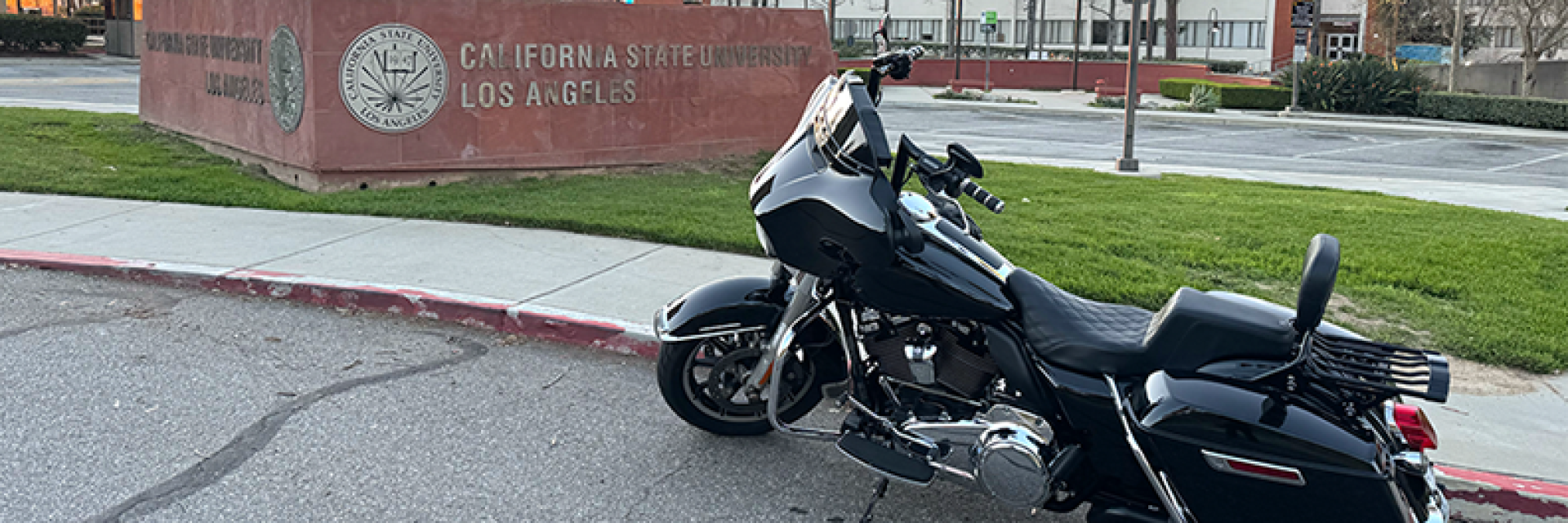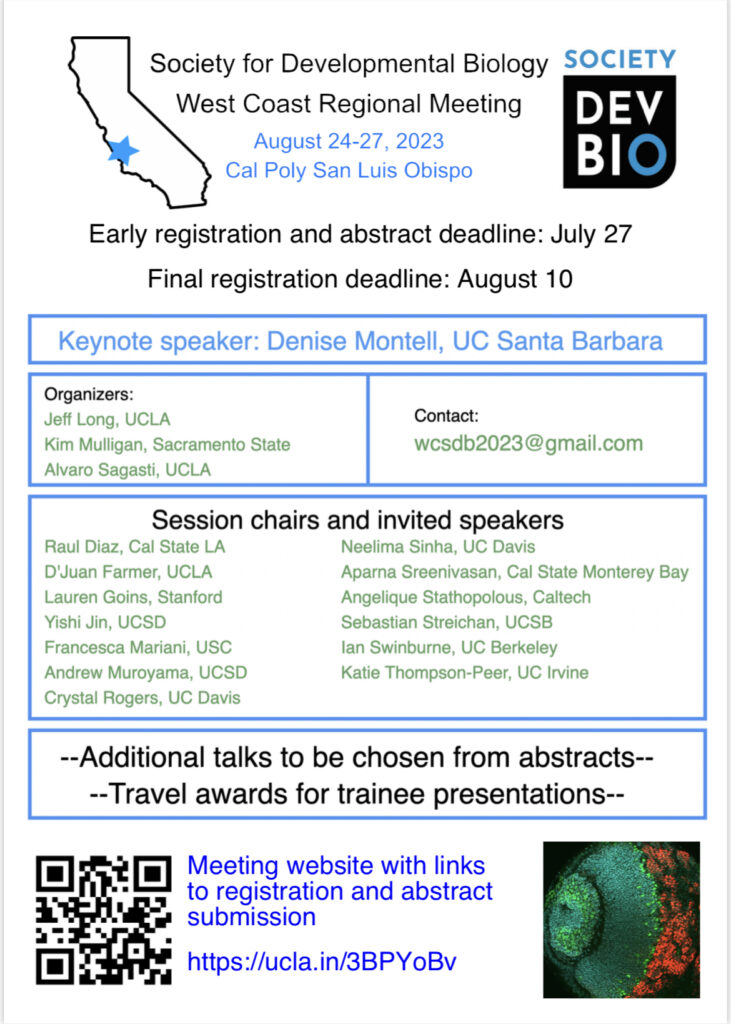Welcome to the Diaz Lab
The Diaz Lab has been busy studying a diverse array of species, organs and tissues on sight and collaboratively. The lab’s theme is exploring normal development in vertebrates but framing differences in timing, size, shape and placement in the context of evolution and pathology.
🦎🐸🐍🦆🦖Vertebrate EvoDevo Special Issue in prep in journal Diversity🐢🦇🐊🦜🐠
I am serving as the Guest Editor for a Special Issue titled "Evolution, Development, and Diversification of Vertebrates, Part 2: Patterning and Mechanisms of Morphogenesis" and kindly invite you to contribute a paper to this Special Issue. This is a follow up compilation of papers on vertebrate evolution for the Part I which was met with success (currently with 77066 views) despite having had a deadline during the covid quarantine era in 2021 (link here https://www.mdpi.com/
The submission deadline is 31 October 2026. You may send your manuscript now or up until the deadline. Submitted papers should not be under consideration for publication elsewhere. We also encourage authors to send a short abstract or tentative title to the Editorial Office in advance ([email protected]).
For further reading, please follow the link to the Special Issue webpage at:
Link: https://www.mdpi.com/
🐸 Sydney has just joined the lab as a Masters student this Fall 2025, excited for her work to take off examining amphibian skeletal development in an experimental context.
🦎 Emily's Masters thesis was finally published in Ichthyology & Herpetology (LINK) on the mesopodial (wrist and ankle bone) skeletal morphology and variation in the longest US salamander family Amphiumidae. Three species with 3, 2 or 1 digit. We examined whether digit and mesopodial skeletons vary between the three species and there was high morphological variation which also showed that the one digit in A. pholeter was due to fusion of two digits (hard/bony syndactyly).
Recent undergraduates have completed describing patterns of formation, migration and differentiation of squamate embryo putative neural crest cells with Hnk1+ (of over 6 species of squamates), the evolution and development of the gecko cranioskeletal complex (yay Vivian, and congratulations on winning a best in category Poster!), and cranioskeletal changes during the water-land transition in the larval frogs with impacts on our understanding on bone homology (yay Ilsa, our latest lab addition!). Additionally, we have work being written up examining the why and how embryonic snakes coil in ovo through the data collection of Charnesha and Kaitlyn.
Additionally, the lab’s breadth has expanded significantly. We have studied the development of the skull not only in non-avian reptiles and amphibians, but have moved across actinopterygians, birds and mammals (including human embryos!). We also explore muscle development, musculoskletal development and how alterations may impact locomotion in tetrapods. Basically, we like to study atypical organisms as their derived morphologies have been incredibly fruitful to our understanding of constraints in morphological design.
Our project collaborations have also expanded and so have our techniques, bringing us into the genomics of skin pigmentation and pattern formation (using single cell RNA-Seq) to exploring the diversity and development of reptile lungs, with a recent paper led by the Schachner Lab exploring caiman lung morphology (and several other lung projects down the pipeline!). Most exciting is that we have now worked with every living group of bony vertebrate and will continue this trend. We also work with most vertebrate model organisms in the lab haha (so cool).
Of note is the really fun and productive collaborative projects with Dr. Emma Schachner's Lab at the University of Florida College of Veterinary Medicine examining the development of squamate and avian lungs (and we just love sauropsida in general). Check out her lab and some important recent publications! https://www.theropoda.com/
We also had a few recent publications, one was on the effects of high temperature during incubation and basking of gravid females (squamate embryonic development commences within the maternal oviduct; see the link here for our paper driven by the Sanger Lab ). Another was on the formation of limb musculature (both forelimb and hindlimb) in 3 species of lizards belonging to different families, showing different kinematics and also different morphologies (see link)
Additionally, Vivian had her first paper (a note on a unique behavior in Kaloula pulchra frogs) while we have a lot of things cooking with the Schachner Lab on lungs across sauropsida at the University of Florida (link) [see Publications link on top bar]
The lab was also able to present their work on vertebrate dermatocranial bone evolution at the West Coast regional meeting for the Society for Developmental Biology meeting on 25 August 2023.



